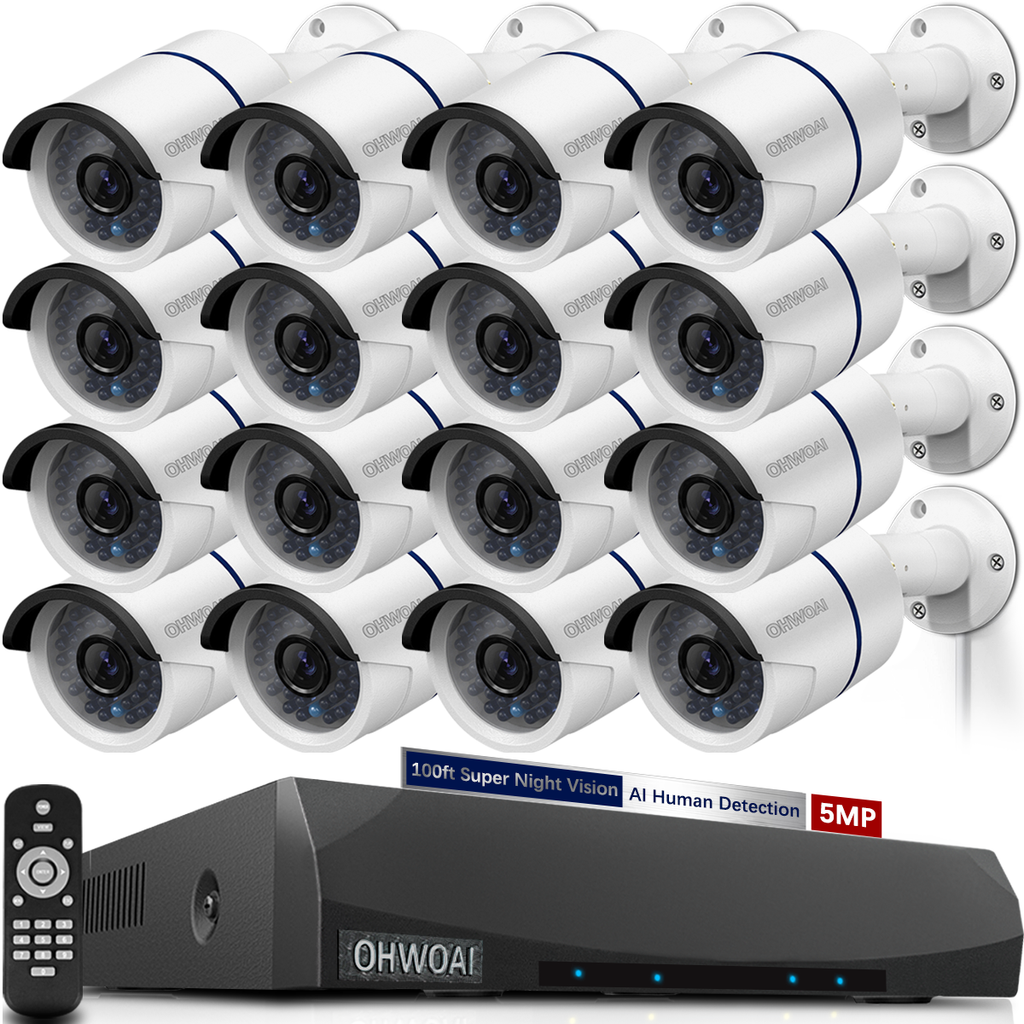-
Structure Principle, and Advantages of Blacklight Cameras
Blacklight cameras utilize a unique technology that distinguishes them from thermal infrared imaging and low-light night vision. While thermal infrared imaging can only display the thermal silhouette of people and objects without revealing their true appearance, low-light night vision requires some moonlight or starlight to capture images, making it ineffective in complete darkness. Additionally, using infrared light for illumination may lead to exposure and potential risks of detection, as the images can be distorted due to interference from other light waves. Blacklight cameras, however, stand out as the only night vision cameras that can operate without... -
Distinguishing Surveillance Cameras from Ordinary Cameras
The fundamental principle of cameras is to convert optical image signals into electrical signals for storage or transmission. Cameras come in various types, including surveillance cameras and ordinary cameras. But what sets surveillance cameras apart from their regular counterparts? Let's explore the differences and similarities between these two categories. **Similarities:** Both surveillance cameras and ordinary cameras are capable of real-time monitoring and capturing images for specific scenes, possessing some level of surveillance capability. They share a common imaging principle, differing mainly in the type of sensor used. Both employ auxiliary light sources, with ordinary... -
Introducing the Smart Advantage of Intelligent Anti-Overexposure Infrared Cameras
In the field of video surveillance, infrared lighting was not widely used in the past. However, with the increasing crime rates in today's society, the role of infrared lighting in nighttime monitoring has become more prominent. Infrared lighting is not only employed in critical areas such as vaults, oil storage facilities, armories, libraries, cultural relics departments, and prisons, but also in general surveillance systems. Even residential areas now incorporate infrared cameras into their TV monitoring projects. This demonstrates the growing demand for standardized and high-quality video surveillance systems that can provide continuous monitoring 24/7. The...













